Insights
Smart Bidding vs Manual Bidding: A Complete Guide To Choose Your Google Ads Strategy In 2025
On Digitals
19/09/2025
39
Smart Bidding vs Manual Bidding are two primary strategies in Google Ads that businesses can choose from, depending on their campaign goals. Google Ads provides a variety of bidding options that can be customized to suit each type of campaign.
Therefore, the key for your business is to understand the fundamentals and define the target your campaign aims to achieve. To get started, you first need to grasp the core mechanism behind every ad campaign.
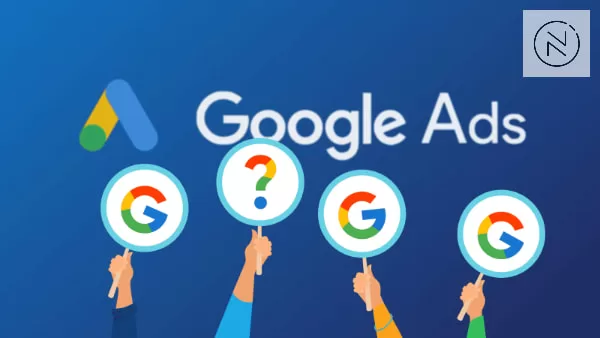
Smart Bidding vs Manual Bidding
How Do Google Ads Bidding Work?
When you decide to run an ad campaign, the Google Ads bidding system works like a real-time auction. When a user searches for a keyword, Google immediately runs an auction to determine which ads will be displayed, where they will appear, and at what cost.
The final cost you pay can be lower than your maximum bid. You only need to pay the amount necessary to outrank your chosen competitor.
Importantly, your ad’s position is determined by Ad Rank, which is a combination of two factors:
- Your bid: The amount you’re willing to pay.
- Your Quality Score: An index that evaluates the relevance and quality of your ad and landing page.
There are two main types of bidding strategies you should know. Next, we’ll explore the difference between smart bidding vs manual bidding and how to choose the most suitable one for your campaign.
What is Smart Bidding?
A Google Ads smart bidding strategy is a type of bidding that uses Google’s machine learning to automatically adjust your bid based on a variety of factors, such as the user’s device, location, and intent. Some of the key smart bidding strategies to know are:
- Target ROAS
- Target CPA
- Maximise Conversions
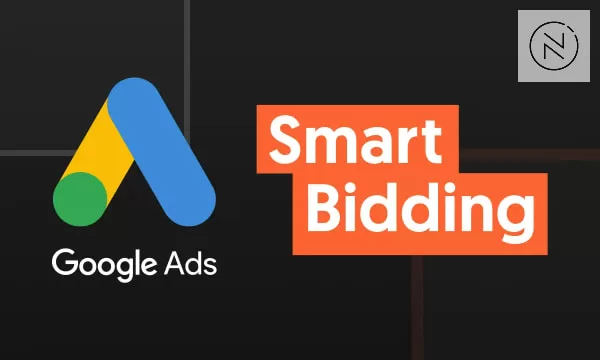
Smart Bidding feature in Google Ads platform
Advantages of Smart Bidding:
Smart bidding brings many advantages to advertising campaigns, mainly thanks to the power of AI and Google’s machine learning:
- Time-Saving: No need to manually track and adjust bids, so you can focus on other important aspects of your campaign.
- Real-Time Optimization: Calculates multiple factors in real time, ensuring you don’t miss out on valuable opportunities.
- Improved Efficiency: Analyzes large volumes of data to predict conversion likelihood, helping your business meet campaign goals more effectively.
Limitations:
However, this strategy also comes with several drawbacks:
- Limited Control: You can’t set specific bid amounts for individual keywords, which may reduce precision.
Training Time Required: The system needs time to learn before delivering consistent results. - Data Dependency: To perform at its best, Google’s machine learning requires a sufficient amount of high-quality data.
In short, this Google Ads smart bidding strategy is a powerful tool for businesses looking to automate and optimize campaign performance. However, its full effectiveness depends on a sufficient amount of quality data and a willingness to trust the algorithm. This leads to a question: Can a manual strategy offer better control and transparency in certain situations?
What is Manual Bidding?
In contrast to the smart bidding strategy, manual bidding gives you full control to set your desired cost for individual keywords. This approach offers transparency and direct control over your ad spend, but it requires constant monitoring and manual adjustments to deliver optimal performance.
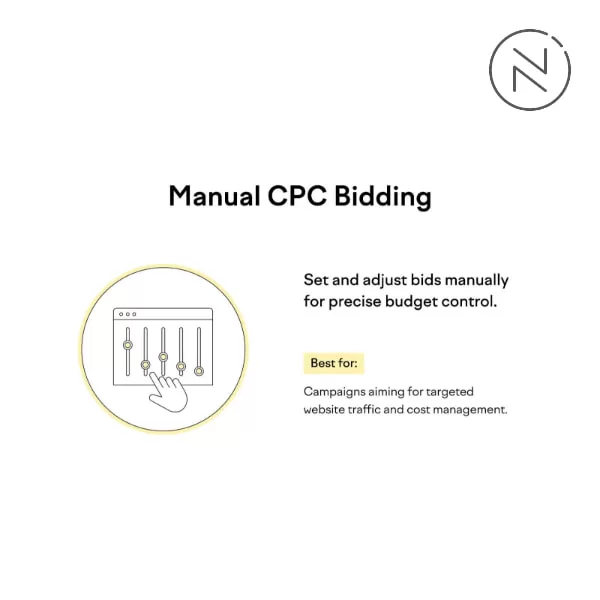
Hands-on control with Manual CPC strategy
Pros of Manual Bidding:
In certain cases, especially when you need tighter control or are working with a limited budget, manual bidding can be a more suitable choice. Here are some key advantages of manual bidding you should consider:
- Ideal for Small Campaigns: Manual bidding is well-suited for smaller campaigns, allowing you to easily test and evaluate performance.
- Time-Based Customization: You can adjust bids based on specific times, devices, or audience segments.
- Full Control: You have complete control over how much you’re willing to bid for each keyword.
Weaknesses:
While manual bidding offers several benefits, it also comes with some drawbacks that you should be aware of:
- Lack of real-time optimization: Difficult to track performance in real time, which makes it easy to miss valuable conversion opportunities.
- Limited scalability: As your campaign grows, managing and adjusting bids for hundreds of keywords becomes increasingly difficult to control.
- Higher risk of human error: Manual bidding increases the chance of setting bids too high or too low, leading to wasted budget or missed impressions.
As we can see, this strategy gives you complete control over every detail of your campaign, providing absolute transparency over costs. However, this strategy requires you to invest a lot of time and effort into regular monitoring and adjustments, and it carries a higher risk of human error.
Smart Bidding vs Manual Bidding’s Key Differences
To make the most of your Google Ads budget, it’s important to choose a bidding strategy that aligns with your goals. Among the most common and impactful approaches are smart bidding vs manual bidding. Each offers distinct advantages depending on how much control you want and how much time or data you can invest.
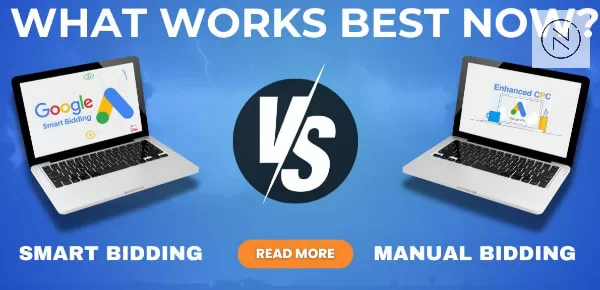
Which bidding method works best for your goals?
Let’s take a closer look at the key differences between smart bidding and manual bidding:
| Criteria | Smart Bidding | Manual Bidding |
| Mechanism | Google’s AI and Machine Learning | You set the bids |
| Objective | Maximize performance | Maximize control |
| Optimization | Real-time and automatic | None |
| Best for | Large campaigns, clear goals | Small campaigns, absolute control |
While both smart bidding and manual bidding come with their own strengths and weaknesses, choosing the right strategy depends on your campaign size, goals, and available resources. Once you’ve identified which approach fits best, the next step is setting it up correctly to maximize performance.
Important Terms You Should Know About Google Ads Bidding
The strategies mentioned above are all focused on achieving the best possible performance for your business campaigns. Understanding these key terms will help you navigate Google Ads bidding more effectively and make informed decisions to maximize your campaign results.
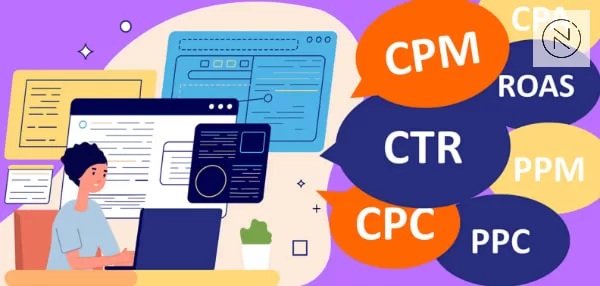
Essential terms for optimizing Google Ads performance
- Cost-per-click (CPC): The amount you pay each time someone clicks on your ad. It’s the key metric to control your advertising cost.
- Pay-per-click (PPC): An advertising model where you pay only when a user clicks your ad, helping you focus budget on actual engagement
- Cost-per-acquisition (CPA): The average cost to acquire a customer or lead through your ad campaign. This metric helps measure the profitability of your ads.
- Conversions:Actions users take after clicking your ad that fulfill your campaign goals, such as purchases, sign-ups, or inquiries.
- Return-on-ad-spend (ROAS): Measures how much revenue you earn for each dollar spent on ads. It shows how profitable your campaigns are.
- Max Bid: The highest amount you’re willing to pay for a click on your ad. Setting this carefully is crucial for balancing cost and visibility.
- Keyword Bid: The bid amount you set for a specific keyword, determining how competitive your ad is in auctions for that search term.
By mastering these key terms and concepts, you’ll have a solid foundation to understand how Google Ads bidding works and how to optimize your campaigns, laying the foundation for you to choose between manual and smart bidding when implementing your campaigns.
Why Do Your Business Need These Google Ads Bidding Strategy?
Essentially, a bidding strategy is a tool to control your ad costs and performance. Without a strategy, your business won’t be able to manage how your ads appear or control spending for these campaigns.
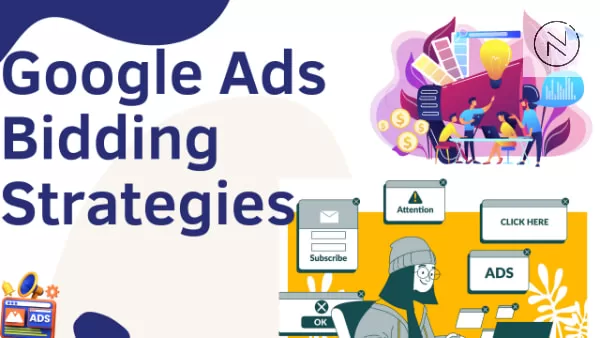
How bidding strategies shape your Google Ads campaigns.
These Google Ads bidding strategies help you adjust your metrics to align with specific business goals, such as increasing traffic, generating leads, or driving sales, by managing your CPC and ad position.
Your business should also consider combining both Smart Bidding vs Manual Bidding to suit your specific strategies. While Google Ads can act as a perfect, intelligent assistant, you should still actively manage your campaigns to understand their content and strategic effectiveness, ultimately improving your ad quality.
FAQ: Smart Bidding vs Manual Bidding – Your Google Ads Strategy Guide In 2025
How does Google Ads bidding work?
When a user searches for a keyword, Google runs a real-time auction to decide which ads will appear, their positions, and the cost you pay. The actual cost you pay may be lower than your maximum bid because you only pay enough to outrank your competitors. Ad position is determined by Ad Rank—a combination of your bid and the Quality Score of your ad.
What is the difference between Smart Bidding vs Manual Bidding?
Smart Bidding is an automated strategy that uses Google’s machine learning to optimize bids in real time to achieve a specific goal, like maximizing conversions. Manual Bidding gives you full, hands-on control, allowing you to manually set the maximum you are willing to pay for each click.
When should I use Smart Bidding vs. Manual Bidding?
Smart Bidding is best for campaigns with sufficient historical data and clear goals (e.g., maximize conversions). Manual Bidding is a better fit for new campaigns, limited budgets, or when you need absolute control over your ad spend.
Why is a bidding strategy important for my business?
A bidding strategy is a crucial tool for controlling your ad costs and performance. It allows you to align your advertising efforts directly with specific business goals, such as increasing website traffic, generating leads, or driving sales, by managing your CPC and ad position.
Find the Best Fit: On Digitals Can Help You Choose Between Smart Bidding vs Manual Bidding
The choice between Smart Bidding and Manual Bidding is a key strategic move that shapes the path to your ad campaign’s success. This decision depends on a number of factors: your campaign goals, available resources, data volume, and the level of control you desire.
On Digitals is where every business can find solutions tailored to every one of their needs. Whether you are a beginner looking to gather initial data or an expert wanting to optimize performance at a higher level, our team is ready to partner with you and recommend the most effective bidding solution for an effective ad campaign. We help you flexibly combine strategies to maximize your ad performance, ensuring every dime spent delivers the highest possible value for your business.
NEWEST POSTS
- Video Campaign Google Ads: A Practical Guide to Strategy, Formats, and Optimization
- Small Business Branding – 4 Strategies To Boost Your Brand!
- A Complete Guide to Crafting a Powerful Personal Branding Statement That Stands Out
- Brand Identity Explained: Core Definition, Components, and Strategic Value
- Benefits Of Personal Branding – 8 Advantages You Must Know
Read more
